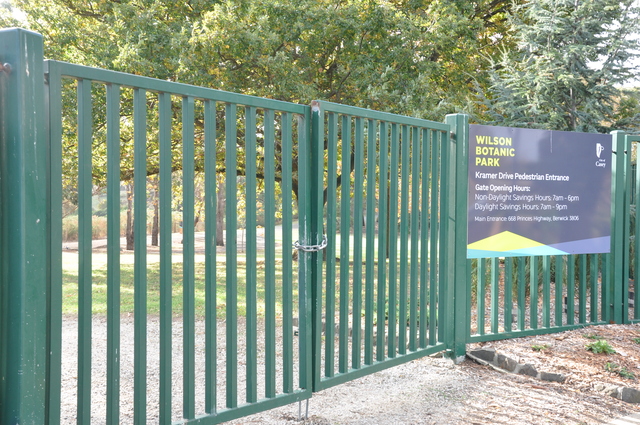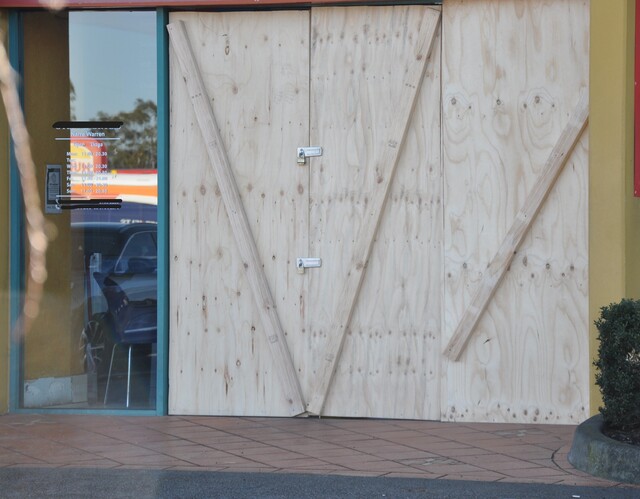Crime in Casey has jumped in the past 12 months – with more than half of criminal incidents going unsolved, the latest crime statistics have revealed.
The number of recorded offences in Casey City rose by seven per cent, with stealing from a motor vehicle, and theft topping the list.
However, criminal damage, assault and related offences, and burglaries per 100,000 were down slightly compared to last year.
Sobering, only 27 per cent of incidents in Casey resulted in charges being laid while 54.2 per cent of incidents remained unsolved.
The Crime Statistics Agency publishes recorded crime statistics every quarter, and the latest statistics cover the year ending 31 March 2020.
One of the biggest increases was stealing from motor vehicles (3344 in total) – up 19.6 per cent from last year.
Family violence incidents were also up by 4.6 per cent while alleged offender incidents involving theft climbed by 11.3 per cent.
State Liberal MP for Gembrook and Shadow Minister for Crime Prevention Brad Battin said the statistics were “alarming”, with Victorians “falling victim to a government that is more concerned about internal allegations of corruption than protecting residents of Casey”.
“Families have enough to worry about at the moment with Covid-19 they should not have to worry about safety in their own home,” Mr Battin said.
Deputy Commissioner Shane Patton said police were bracing for a “snap back” of crime after it quietened during the Covid-19 lockdown from April.
“It’s going to be very difficult with unemployment moving forward,” Dep Comm Patton warned.
Statewide, the criminal offence rate rose by 3.5 per cent per capita over the year ending 31 March 2020.
Police Minister Lisa Neville said youth crime and family violence were particular areas of concern.
She said youth offenders aged 10-17 years old were still proportionally small in Victoria, making up nine per cent of total offenders.
Ms Neville said the age group were “over-represented” in public-place robberies – which largely involved the theft of phones, Air Pods, clothes and most of all, shoes from other youths.
Youth offenders were involved in carjackings and home invasions at “very small” numbers compared to older crims.
Police had specific youth-related resources, but the issue would also be solved by “families and communities working together”, Ms Neville said.
She said the spike in family violence offences, up five per cent statewide, was “not a surprise” due to people being more likely to report it and police taking it ever more seriously.
“But we need to ensure women and children are safe in their homes”.
More than half of reported assaults were family-related, the spike in homicides were also largely due to “family violence murders”.







